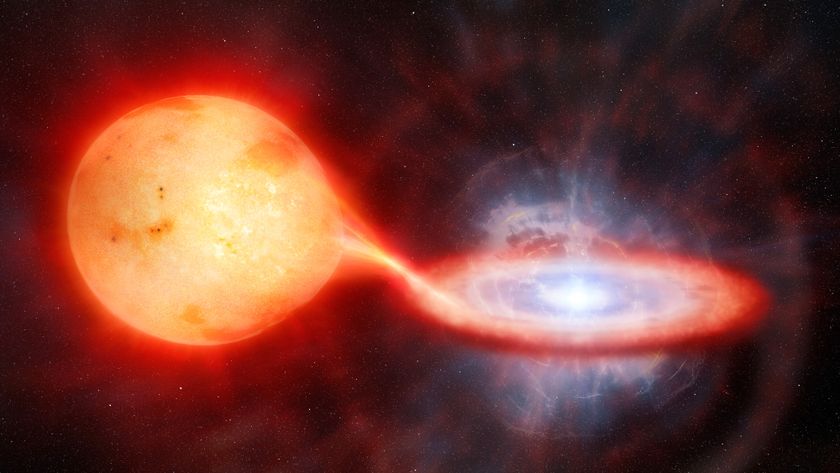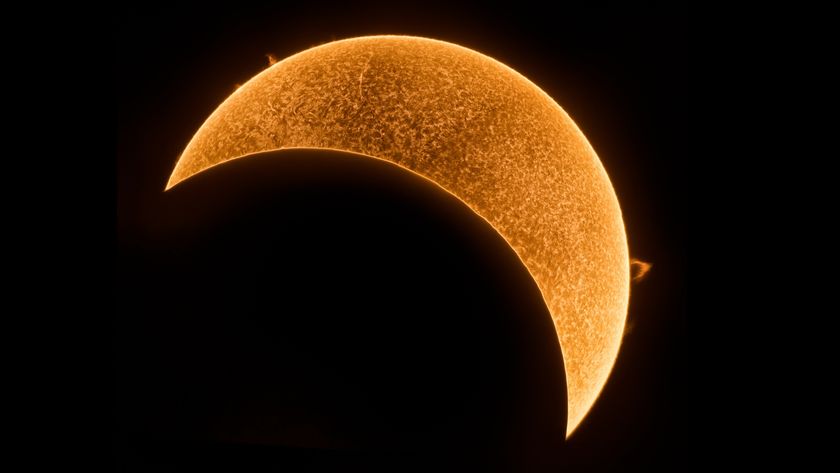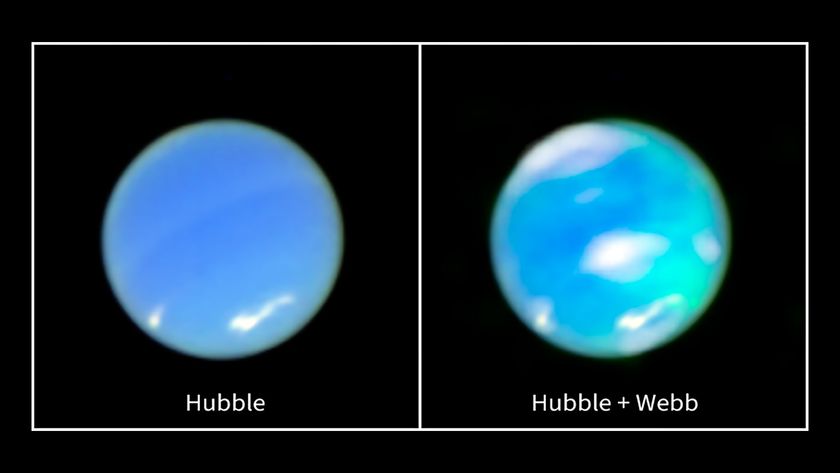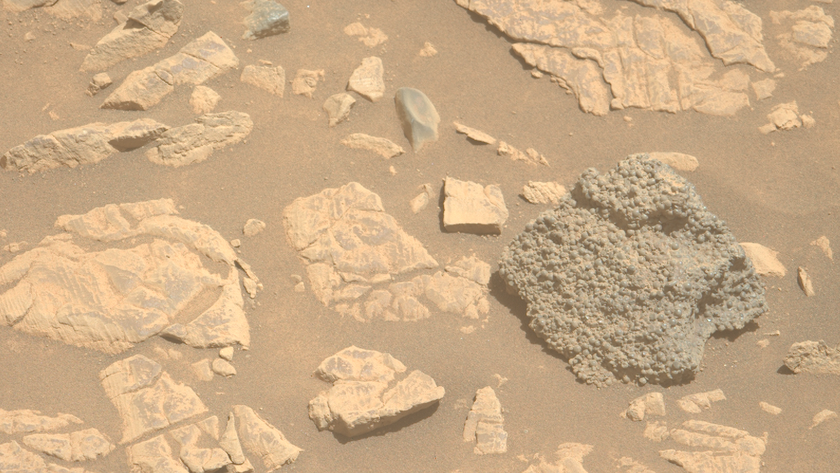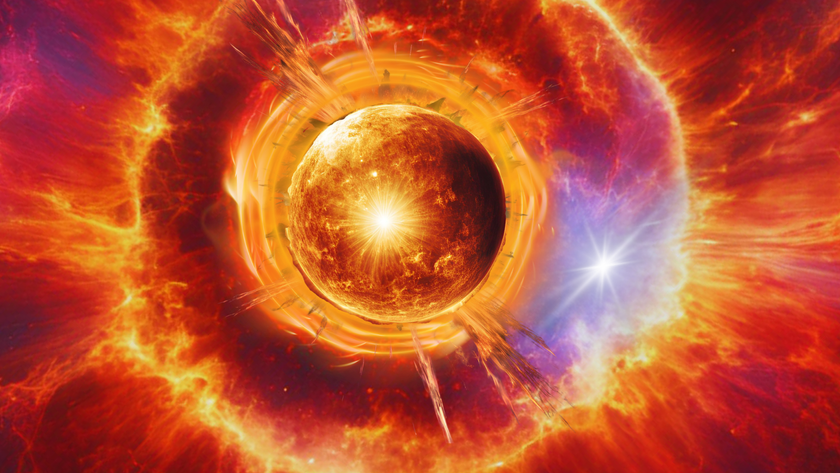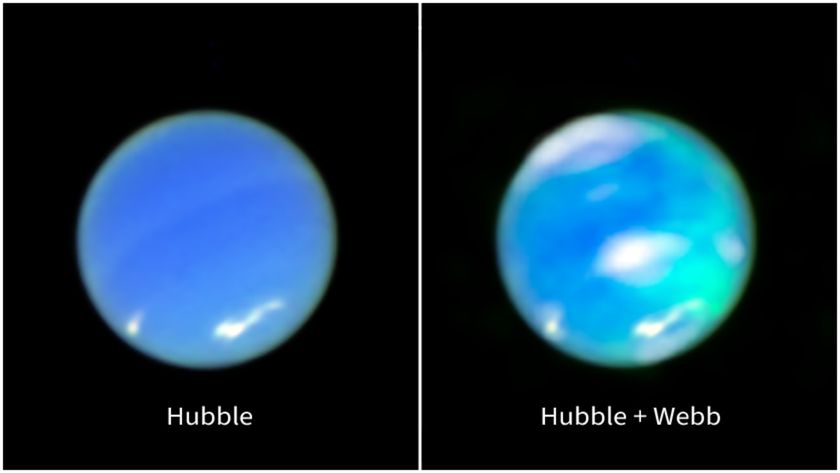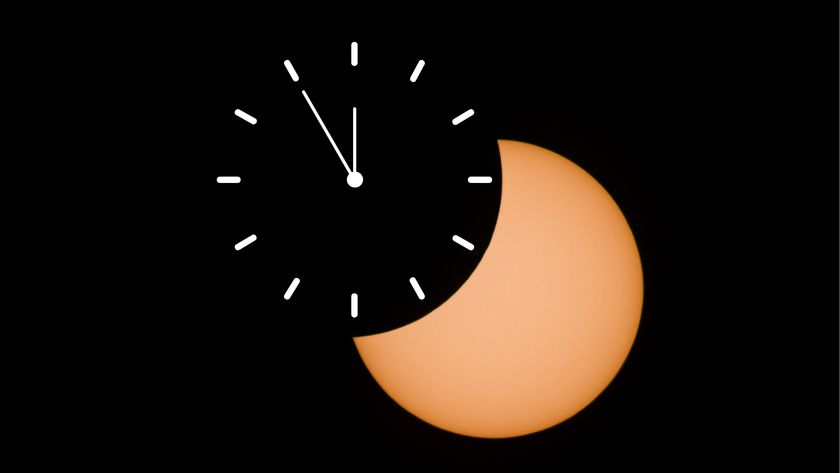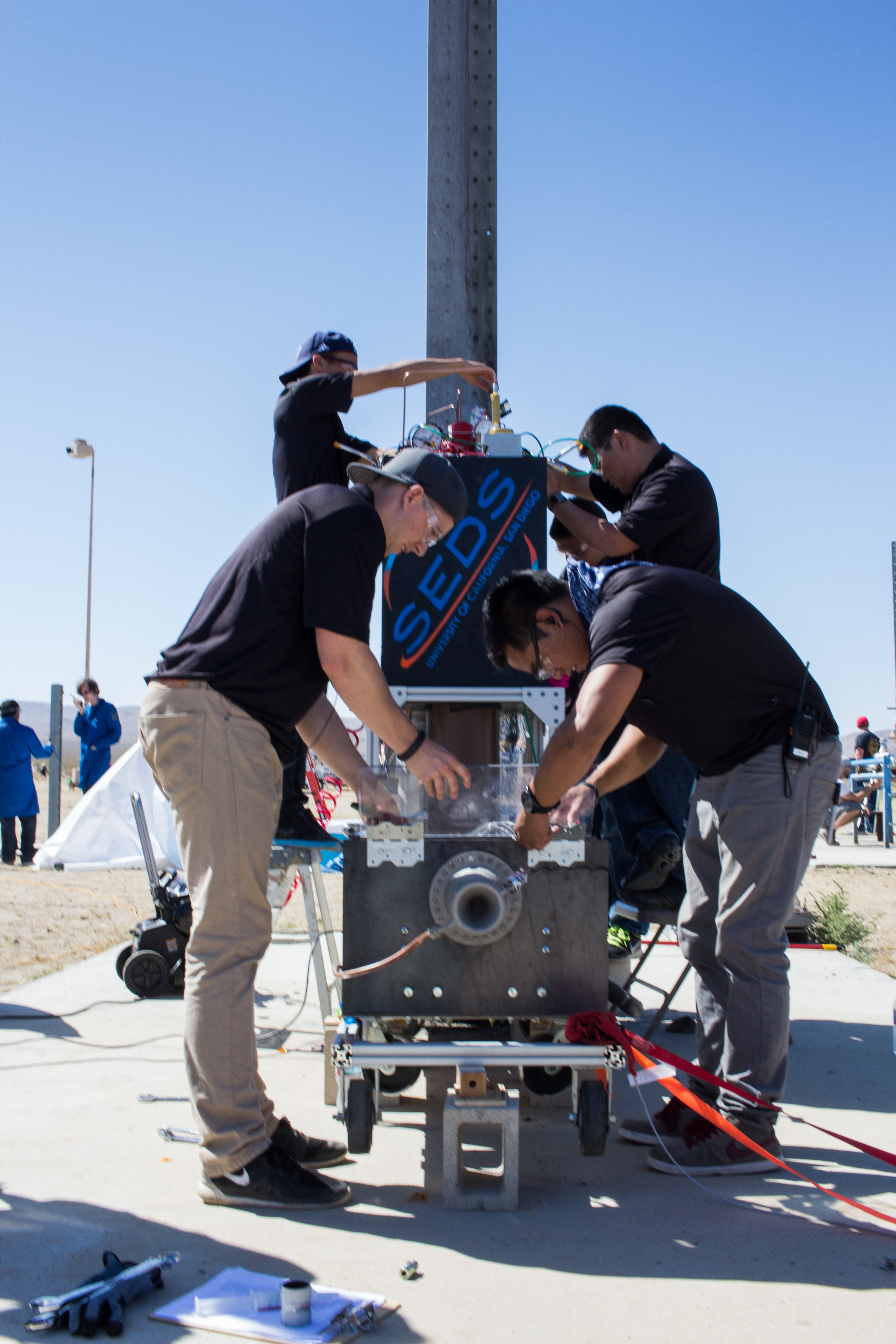
SAN DIEGO — Years ago, I attended a talk by a number of space luminaries, including Dr. Robert Forward.
Always living up to his name, the famed futurist said that he expected we would grow rockets one day, just like we grow plants. At the time — this was in the 1990s — there was some grumbling and shuffling of feet in the audience. Today, while we might not be quite ready to grow a rocket, how about printing one?
A group of students at the University of California, San Diego, would seem to be on the right track to do so, starting with the rocket's engines. [10 Ways 3D Printing Will Transform Space Travel]
Deepak Atyam, founder of UCSD's chapter of the national organization Students for the Exploration of Space (SEDS), thinks the time is right.
"The UCSD chapter of SEDS was founded to determine the feasibility of creating 3D-printed, liquid-fueled rocket engines," Atyam told Space.com, adding, "we are doing amazing things with this technology, and we always want to be vigilant to take any opportunities to see this work actually be commercialized."
The 3D-printed engine initiative started a few years ago with a project called Tri-D, a small first-generation rocket the student team produced, and test-fired, in 2013. Building on that success, they started planning a larger device. The new power plant is called Ignus.
"The Ignus Engine was designed to produce 750 pounds of thrust and is less than 1 foot [30 centimeters] tall. It weighs around 15 pounds [7 kilograms]," Atyam said. "We initially focused on utilizing existing designs and attempting to improve the status quo. The injector was modeled after the iconic F-1 engine," he said, referring to the famed 1.5-million-pound thrust engine used to power NASA'S Saturn V moon rocket.
Get the Space.com Newsletter
Breaking space news, the latest updates on rocket launches, skywatching events and more!
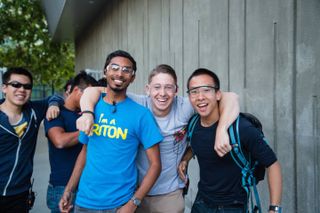
"We created our own unique combustion chamber," Atyam added. "We wanted to try new things, but did not want to make something so radical that we would have no idea if it would work or not. So we kept a few design parameters constants instead of making everything a variable."
In short, some of the designs were experimental while others were patterned on existing rocket engines. But using 3D printing, instead of the usual machining and casting techniques, to make the engine was virgin territory.
"The injector and combustion chamber can be printed in one piece, but since we wanted to keep this a R&D engine, we wanted to have the ability to disassemble it and to inspect it post-firing." Atyam said.
The resulting engine's size and power were dictated by the maxims of rocket engine design, Atyam said.
"There is a bell curve to how small or large you can realistically build a liquid-fueled sounding rocket," he said. (Sounding rockets are relatively small suborbital research vehicles.) "The minimum power is about 600 to 1,000 pounds of thrust, so we aimed for something in between and were able to finalize 750 pounds as a resultant thrust level." [3D Printing In Space: A New Dimension (Photo Gallery)]
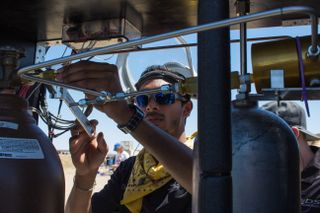
In early April, the engine shell was complete, but preparing for the test was still a nail-biter.
"The engine team was working day and night, 12 and sometimes more hours per day for almost two weeks," Atyam said. "There was still some sintering powder stuck in the passages after the 3D-print job. We were forced to put the injector in an ultrasonic cleaner for a few days and were fortunate to see a large amount of [the] powder leave it!"
The actual test-fire was conducted in the Mojave Desert on April 18, at a rocket test stand run by a group called the Friends of Amateur Rocketry. Supporting the UCSD students in the test were a group of engineers from XCOR Aerospace, builders of the Lynx suborbital space plane.
The student engineers arrived at the Mojave test location late the night before, working until the wee hours to get their equipment set and prepared. After about three hours of sleep, they rose at dawn for final preparations.
"After the culmination of one-and-a-half years of design, testing and building, we were all working as a team in the final minutes to get it all together. When we were finally ready to fill our tanks, everyone was told to move to the bunkers. Our advisers from XCOR filled the oxygen tank from the back of a pickup as everyone was huddled in the bunker. As they drove off toward the bunker, we got ready to pressurize the system and initiate the sequences," Atyam recalled.
"We were finally ready. As we got the go-ahead from our lead, we started the countdown sequence. At five seconds the igniter started, then at T-1 the valves allowing the liquid oxygen and kerosene opened. There was an amazing orange flame and an indescribable feeling of awe and power that hit every single person in the chest. After about a second or so, the burn ended and we all screamed and cheered."
After the XCOR engineers assured themselves that it was safe to go outside, Atyam and his team, which included longtime collaborators Alex Finch and Ngoc Nguyen, were cleared to inspect their engine.
"It looked amazing, and nothing seemed to be out of place," Atyam said. "There was one problem, though. During the course of the countdown someone had accidently disconnected the data acquisition system from the computer, so we didn't obtain any data!"
It was a small price to pay for a successful test firing. But data is the Holy Grail of engineering tests, so they gave it one more try, firing the engine for a second time later that day.
"We were able to feel the power for three very long seconds this time. It was a big moment for all of us," Atyam said. "We spent the next few hours packing and dancing the sunset away as we celebrated. We were exhausted and excited for what lay ahead of us."
Future plans include the use of the test engine design in a three-stage rocket that will fly, it is hoped, to an altitude of 10,000 feet (3,050 meters) this summer. Eventually, the team hopes to loft tiny satellites into orbit with their rockets.
The UCSD chapter of SEDS was founded in 2012 by Atyam, Joshua and Kenneth Benedictos, and Benjamin Liu with Jonathan Jones mentoring the group. Their faculty adviser at UCSD's Jacobs School of Engineering is Dr. William Forman. Assistance to the group also came from NASA’s Marshall Space Flight Center.
Follow us @Spacedotcom, Facebook or Google+. Originally published on Space.com.
Join our Space Forums to keep talking space on the latest missions, night sky and more! And if you have a news tip, correction or comment, let us know at: community@space.com.

Rod Pyle is an author, journalist, television producer and editor in chief of Ad Astra magazine for the National Space Society. He has written 18 books on space history, exploration and development, including "Space 2.0," "First on the Moon" and "Innovation the NASA Way." He has written for NASA’s Jet Propulsion Laboratory, Caltech, WIRED, Popular Science, Space.com, Live Science, the World Economic Forum and the Library of Congress. Rod co-authored the "Apollo Leadership Experience" for NASA's Johnson Space Center and has produced, directed and written for The History Channel, Discovery Networks and Disney.



